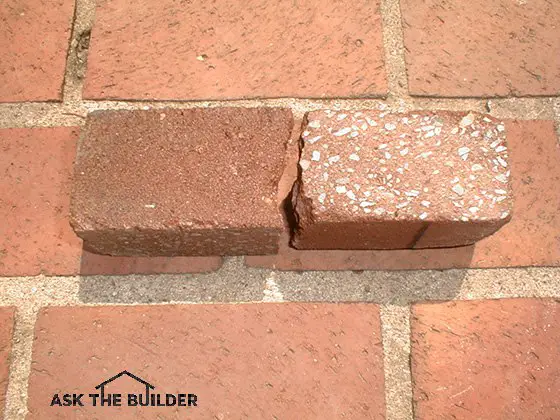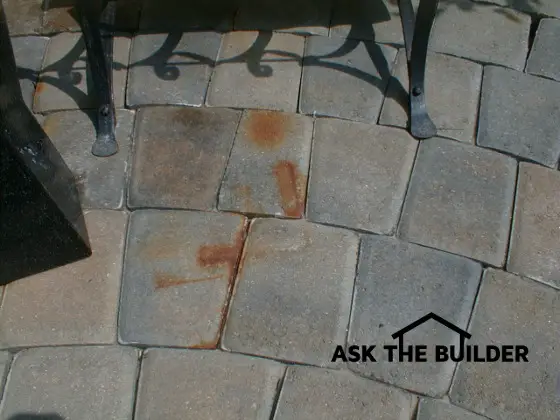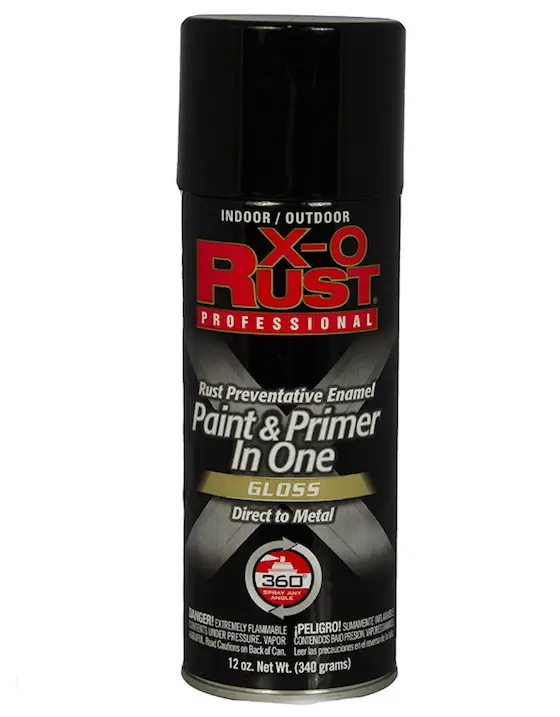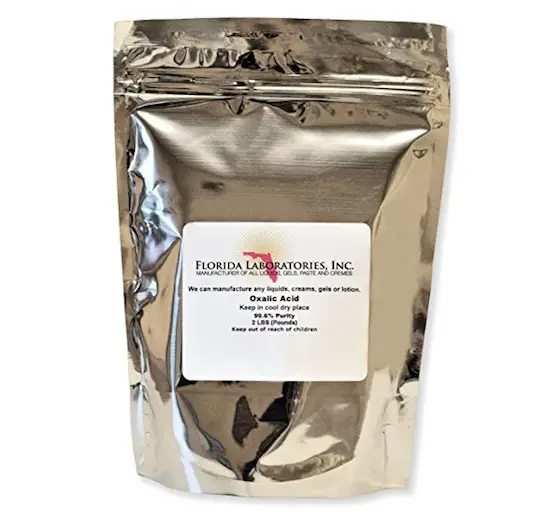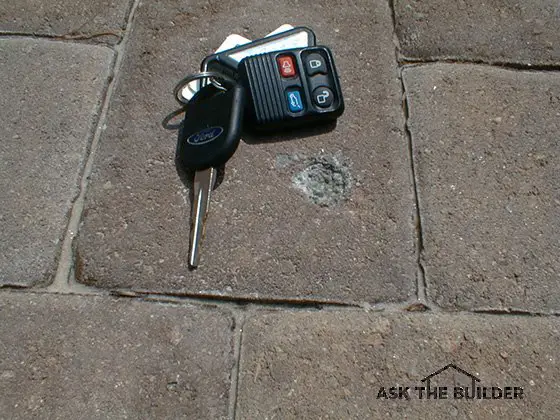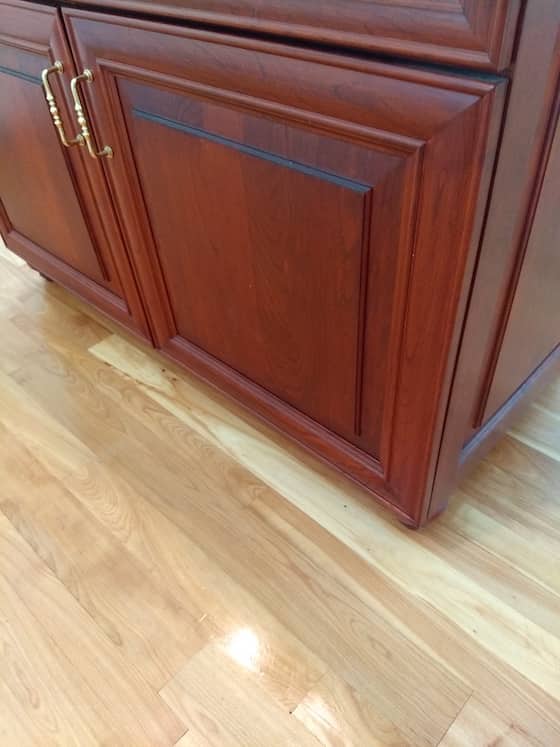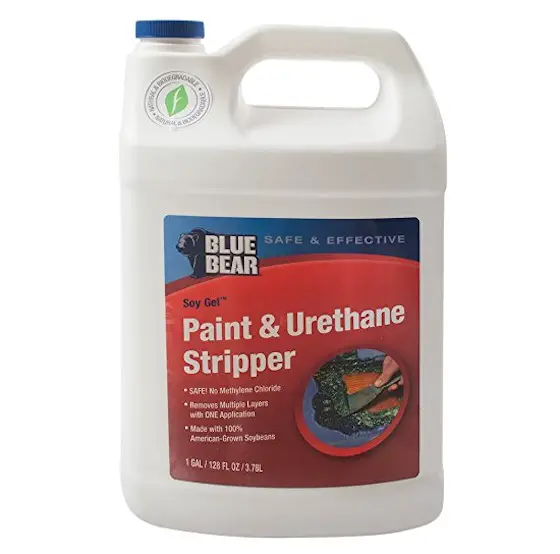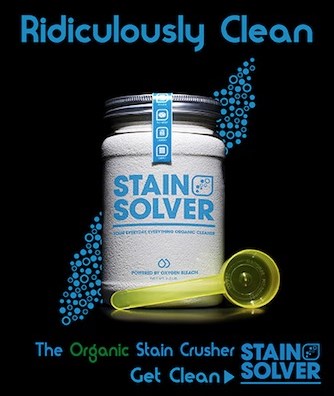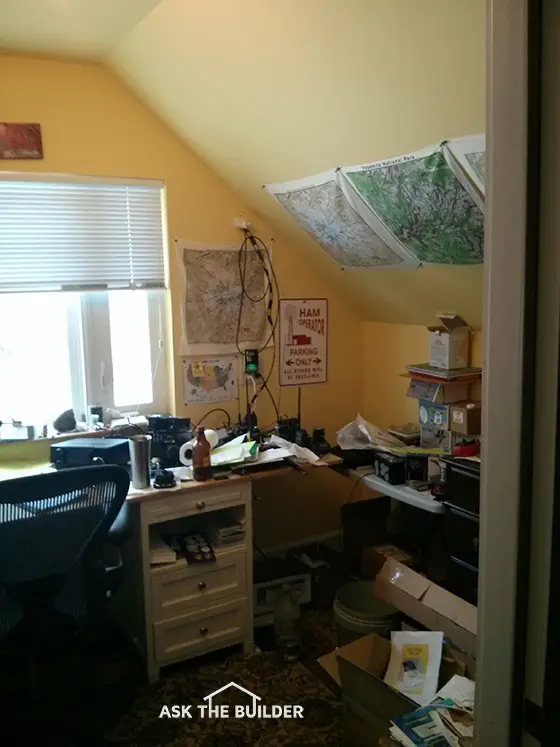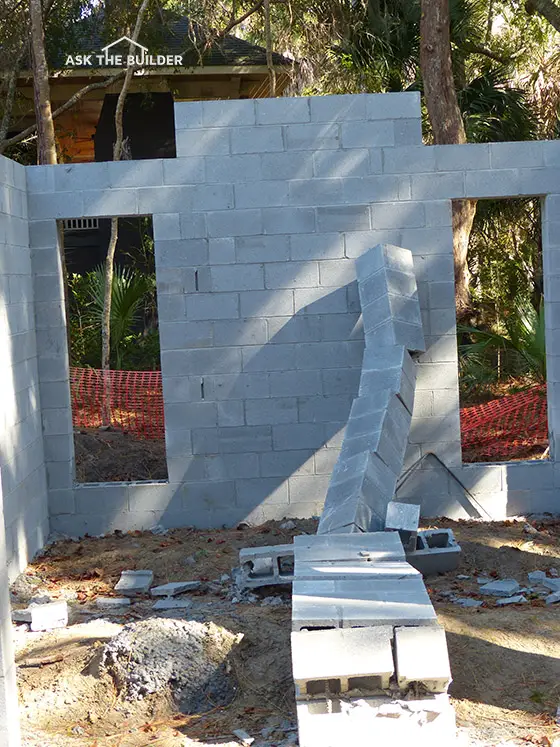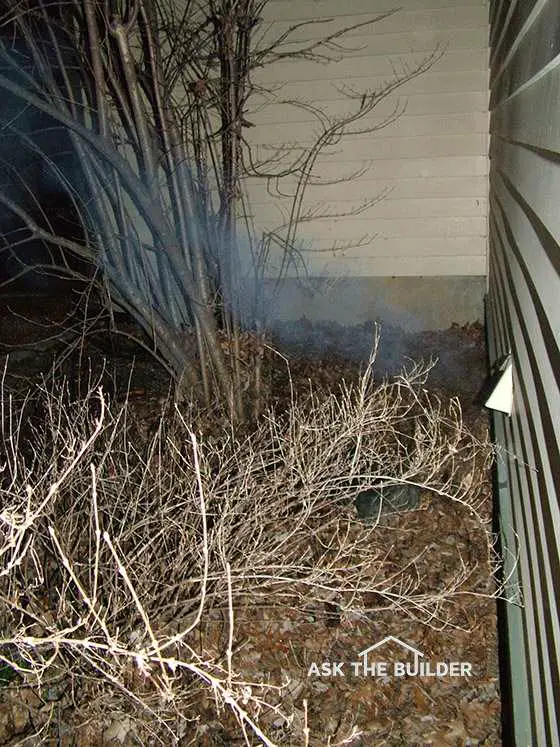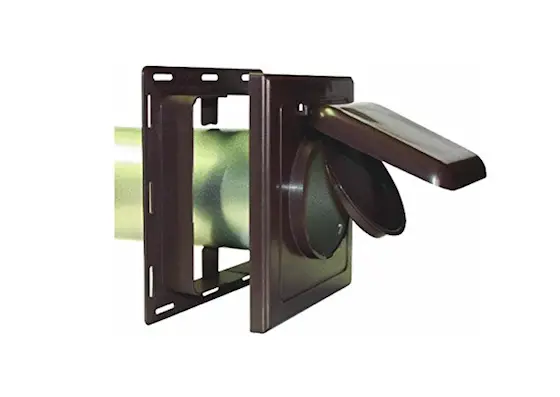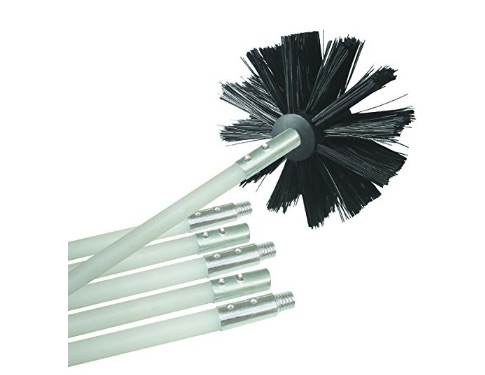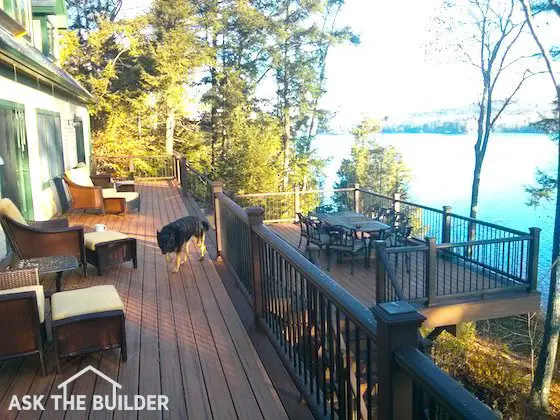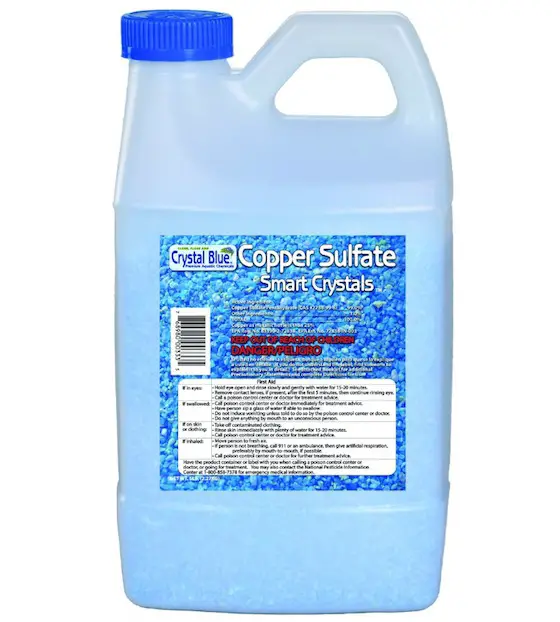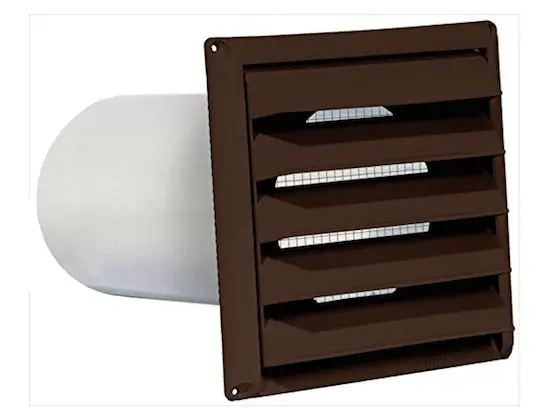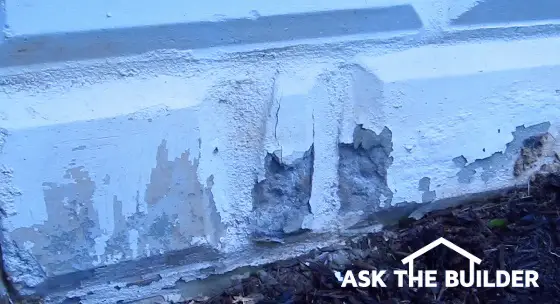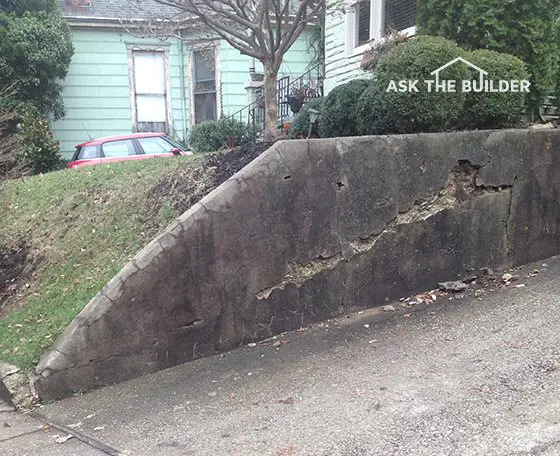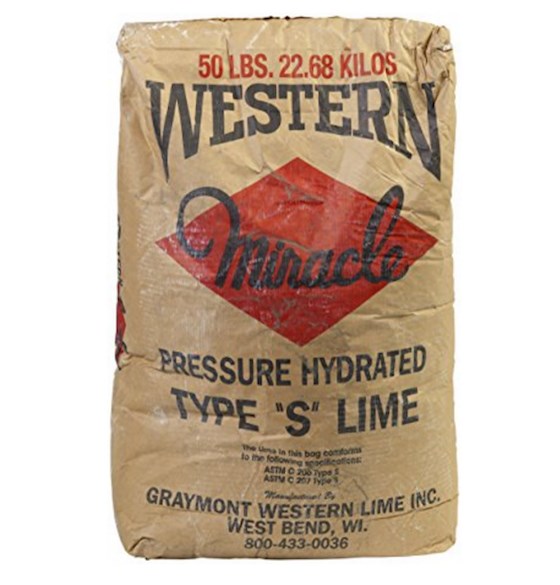My website revision project is moving along quite well.
Yesterday, I spent the entire day going back through all of the columns I've revised in the past two weeks and made some subtle formatting changes.
The changes were for the better! It'll be interesting to see if you can tell what I did.
I was going to send out an email to you this past Friday, but with the buzz going on about the Presidential Inauguration, I decided not to compete with the excitement or angst.
The downside to that is you've got a pretty big list to go through today.
Kathy and I met a good friend for lunch yesterday and while driving back home we were talking about the project.
I told her how it's pretty cool to be able to add all the great links to the new products and tools that will help you.
What's more, I mentioned it's fun to see how my writing style has changed over the past twenty-two years. Add to that I've forgotten about some of the things I've written about!
There are topics I've not revisited in that long.
Bottom Line: You're going to be the big benefactor!
Lynn's Retaining Wall
I had one of my 15-Minute phone consult calls this past week with a nice woman who lives in Kentucky.
It turned out to be one of the most fulfilling phone calls I've ever done because I saved Lynn from the jaws of financial death.
When I told her that there was no need to do what the contractor said, her relieved voice was like Aglamesis dark chocolate pecandes dropping into my ears. It just felt good.
You can also get pecandes in milk chocolate, but I digress.....
She was being pressured to tear down a retaining wall next to her home and have it replaced.
The contractor told her that if she didn't do it right away her house would collapse.
He's either a LIAR or the most ill-informed contractor in Kentucky. If I were a betting man, I'd put my money on that he speaks with a forked tongue.
The bottom line is I shared with Lynn a column that I had just finished revising. You'll see it below. I put in a photo of Lynn's wall in the column after I finished the call.
It turns out she only needs about $50 worth of material and it would take two men maybe two days to make the retaining wall look like new.
The wall is about 110 years old, it's not leaning and even if it did fall over, it would be no danger to her home. It would just inconvenience her neighbor.
Your takeaway: Get a second, or third opinion if you feel high pressure from a contractor. Don't fall victim to high pressure. Use some common sense.
In situations like this, after the contractor would have left the first person I would have called would've been a structural engineer.
The engineer doesn't have a dog in the fight. This professional would just tell you what's really going to happen to the wall and when it's going to happen.
The contractor Lynn was talking to was using the most powerful psychological trigger of all - scarcity.
He was painting a picture in Lynn's head how her MONEY would become SCARCE because a collapsed house foundation wall would cost her TENS OF THOUSANDS OF DOLLARS on top of having to replace the outside retaining wall!
Here's all you need to know. My 15-Minute Consult calls come with a full money-back guarantee. If you feel the call's not helpful, it's free.
I'm not trying to SELL YOU on doing a call. I'm trying to SAVE you thousands of dollars like I saved Lynn.
AsktheBuilder.com Gibberish on Mobile and Tablets
In the past two weeks, I've received a few complaints about how certain pages at AsktheBuilder.com come back with strange characters and gibberish when viewed on smart phones, tablets, etc.
Guess what? There's an issue. As best as I can tell, it's with a plugin that formats the content for mobile devices.
When it first happened, I wasn't having an issue on my phone or my tablet, so I may have told you the issue was at your end.
Looks like I was wrong and I apologize.
If all goes well, everything should look MUCH BETTER by Wednesday.
Thank you if you reached out to me to alert me. Let me know if you STILL SEE gibberish after next Wednesday.
Latest Revised Columns
There are some amazing columns below if I don't say so myself.
I had a blast adding links to some outstanding products that are going to save you a ton of money and time.
I BEG you to open each column and scan it even if you don't have the problem right now.
Why?
I'm hoping that each one might make a mental imprint so that when you DO HAVE THE PROBLEM, you remember I've got exactly what you need to solve it.
One of the columns below I COMPLETELY forgot I had written.
The issue in the column is happening right now in my own home!!!!!
I'm taping a video about it in the next two days showing how to use the product that will solve the problem.
This product and video will save you a MINIMUM of $200.
I'll add the video to the column and then share it with you.
But for now, I want to see if you can deduce what the problem is I'm having! Good Luck!
2x4 vs 2x6 Exterior Walls - Not So Fast!
Getting a New Hardwood Floor Level
How to Repair Stucco and Crumbling Concrete Block
Attic Trusses - Create a HUGE ROOM for Cheap
Ice and Water Shield - FOUR VIDEOS!
Fresh-Air Intake Vents - GREAT VIDEO!
DIY Drain Cleaning - You Can Do It!
Removing Wood Stains - Indoor and Outdoor
Rust Removal SECRETS from Brick or Concrete
Klare Küchenabläufe machen für ein glückliches
Leben und Frau.
I'll be back on Tuesday or Wednesday.
Tim Carter
Founder - www.AsktheBuilder.com
Do It Right, Not Over!
